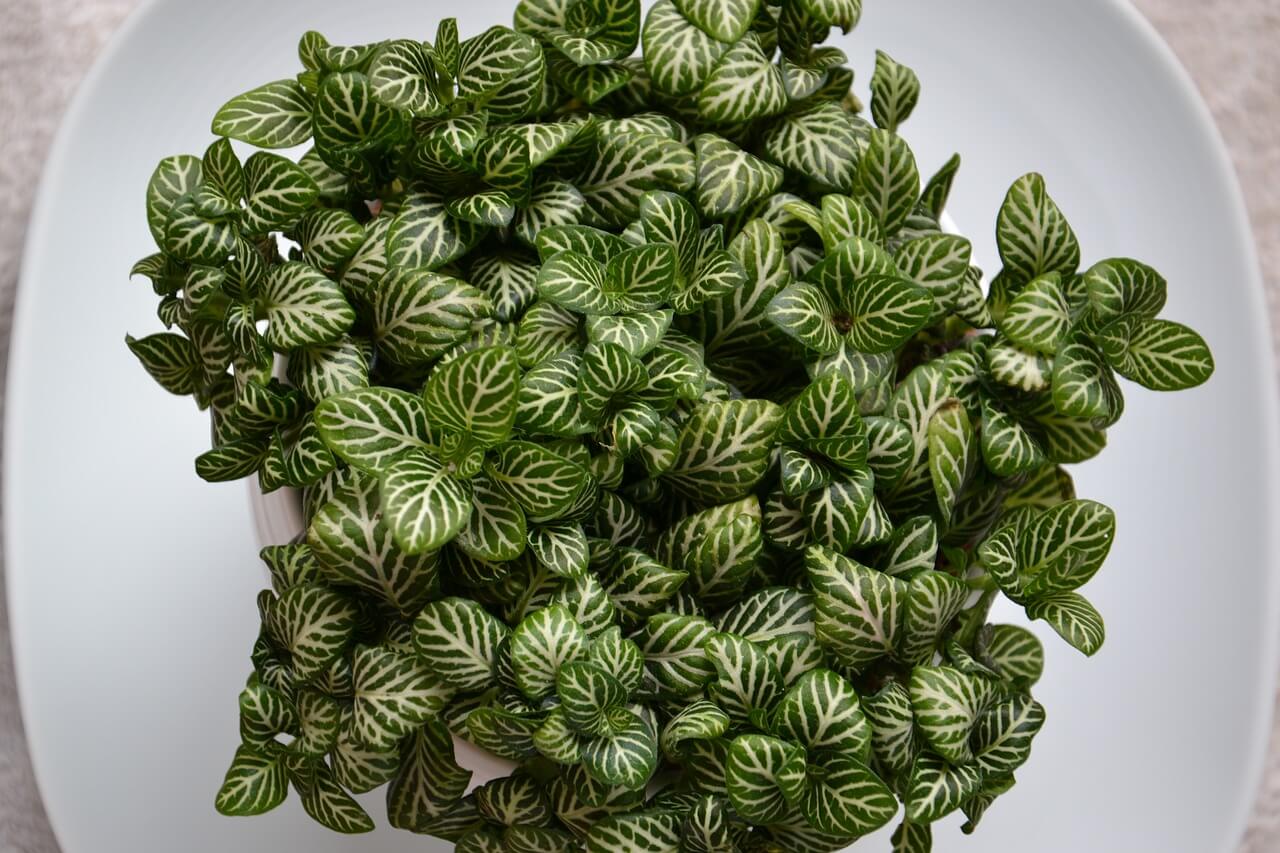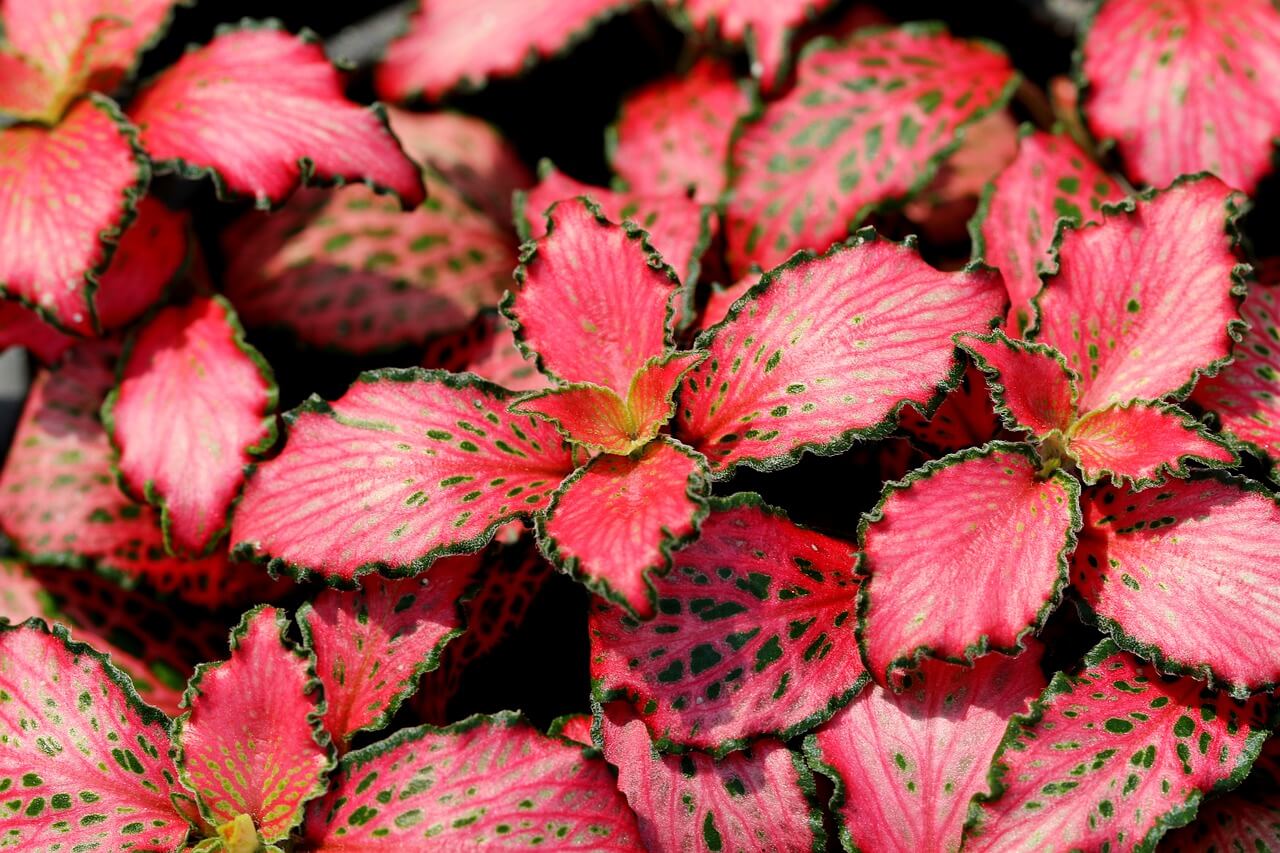To understand why your plant isn’t growing, it’s helpful to get an overview of what Fittonia growth should look like. However, since there are many varieties of Fittonia plants, there is no one-size-fits-all answer to this question. Read on to learn more.
What You'll Learn Today
How Fast Does Fittonia Grow?

If you are propagating your Fittonia by using a cutting from another plant, you can expect it to have good root growth within about a month. Your nerve plant should have a fair amount of growth around the 2 or 3-month mark after propagation.
How Do You Make Fittonia Grow Faster?
If you’re not satisfied with the growth of your Fittonia, you’ll have to do some troubleshooting. The very best thing you can do for your plant is to simply follow all of the care instructions that are recommended for your specific variety.
For most Fitonnia plants, the general rules to live by include:
- Water nerve plants with room-temperature water when the top layer of soil is dry. Keep them moist, but don’t soak them.
- Fittonia plants are native to tropical areas, so they like higher levels of humidity. Misting may be necessary to keep its environment humid.
- Keep your nerve plant in a warm room with bright, indirect light.
What is Wrong With My Fittonia?

If your nerve plant simply isn’t growing, chances are good that there’s some aspect of its care that it’s not happy about.
Here are some common issues and how to correct them:
1. The Edges of the Leaves are Brown
They might also feel dry and crispy. This could be a sign of underwatering. Increase the frequency, amount of water you’re giving your plant, or both. The roots of the nerve plant thrive in consistent, moderate moisture.
2. The Leaves Are Yellowing
Yellowing leaves is a classic sign of overwatering. Make sure you’re not watering your Fittonia so much that it’s sitting in water, or fully soaked afterward.
3. Your Fittonia Is Wilting
If your plant’s leaves are looking sad and droopy, it may need a more humid environment. Try misting your plant with a spray bottle a couple of times per day, and see if it perks up.
4. The Leaves Are Brown And Shriveling
If there are brown spots on your nerve plant’s leaves that look like burn marks, they might literally be getting scorched by the sun. Assess the lighting in the room – are the sun’s rays touching the plant?
If so, move it out of the sun’s path, but keep it in a bright area.
How Do You Make Fittonia Bushy?
If you notice the stems of your nerve plant are looking leggy and sparse, you may need to move it closer to a light source. Sometimes plants like Fittonia grow upward in search of light.
Unless you like this leggy look, you’ll have to cut back the plant to refresh your Fittonia. To do this, grab your garden scissors and cut where you want the new leaves to start.
When you make the cut, do it right above a set of leaves, while taking care not to cut into the leaves and damage them.
Here’s a great video that shows how to pinch back a plant to make it look fuller. The video uses a Polka Dot plant to demonstrate the proper technique, but the pruning process is nearly identical to that of Fittonia.
If you’re able to get good quality cuttings from your plant, you could also try to propagate them. When the stems grow roots, you can add them back to the parent plant to make it look bushier.
One of the toughest parts about caring for plants is that the symptoms of one issue may overlap with another. As most gardeners learn soon after they start, being a successful plant owner means a lot of trial and error.
If your plant is in rough shape, don’t panic! Isolate and treat one problem at a time, and see how it responds before trying something else.
My Fittonia is not growing. Could it have an insect infestation?
In short, yes. This plant is susceptible to insect freeloaders such as aphids, mealybugs, fungus gnats, mites and moths. Check your plant over regularly, remove any critters you see, and consider using an organic pesticide if you see signs of an invasion.